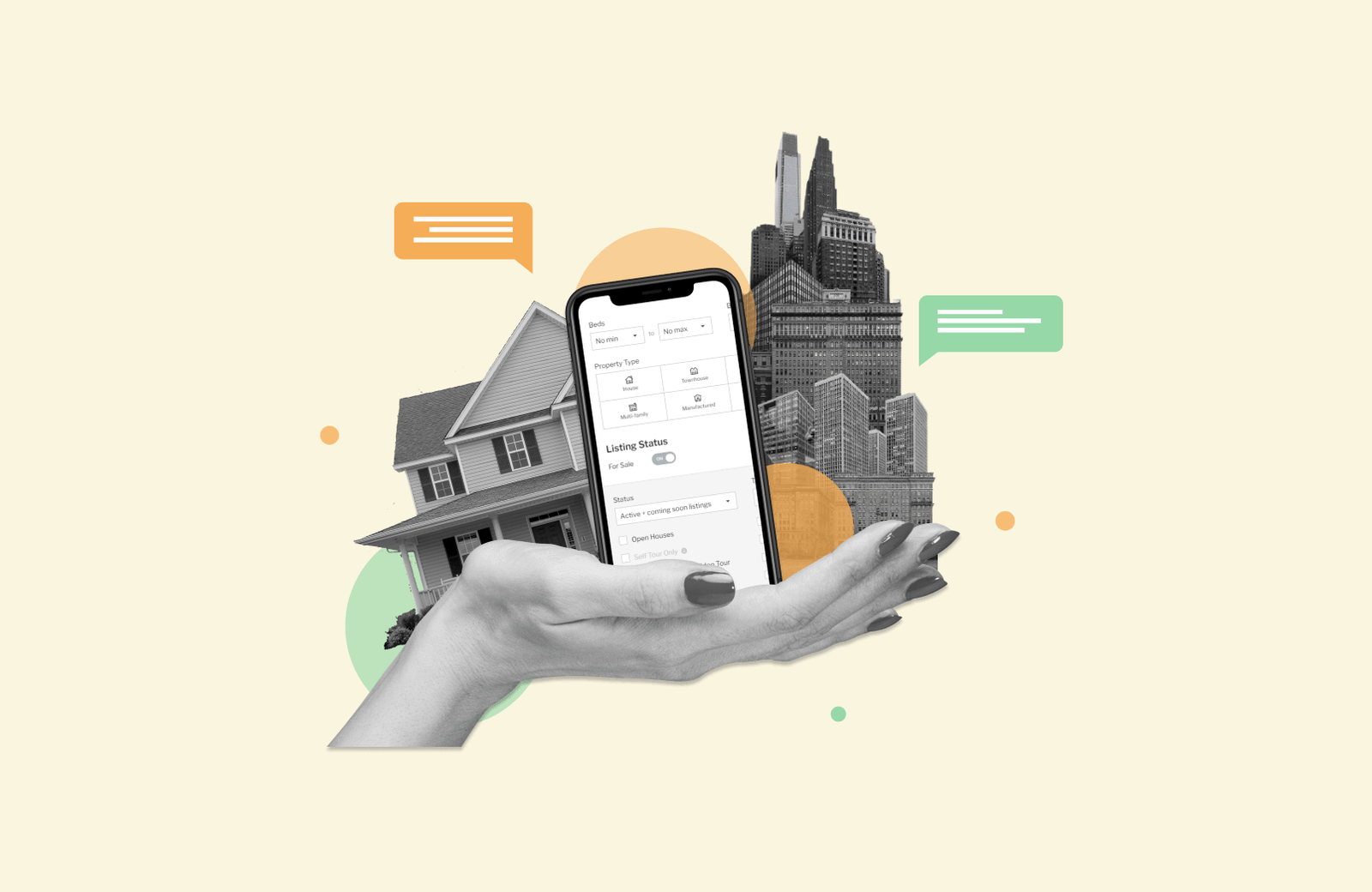Real estate apps look harmless. Polished. Helpful, even. Open one, and it invites you to browse listings, tweak filters, maybe save a few dream homes for later. But behind the friendly interface lies a system engineered less for user clarity—and more for control.
These apps aren’t just digital catalogues. They’re sophisticated persuasion machines, designed to shape your decisions long before you hit “Contact Agent.” From subtle visual cues to algorithmic nudges, what seems like a smooth experience is often a funnel cloaked as convenience.
This article lifts the curtain on how real estate apps are built to win—by winning you over first.
The Illusion of Choice
Most real estate apps pride themselves on giving you control—thousands of listings, dozens of filters, maps that update as you pinch and swipe. It feels like freedom. But look closer, and you’ll see a different story.
The options you’re offered aren’t always neutral. “Featured” listings often appear first, not because they’re right for you, but because someone paid for that spot. The layout subtly favors homes with higher commissions or faster turnover. Even the filter defaults—price ranges, property types, neighborhood highlights—are curated to steer your search toward listings the app wants you to see.
It’s not manipulation in the blunt sense. It’s suggestion dressed up as personalization. And unless you know what you’re looking for before opening the app, you’ll likely be nudged somewhere else.
Data Overload = Decision Paralysis
In theory, more information should lead to better choices. Real estate apps lean into that idea hard—serving up property photos, historical price charts, neighborhood scores, school ratings, mortgage estimates, walkability indexes, and more.
But the result isn’t clarity. It’s cognitive fog.
Faced with a flood of metrics, users often freeze. Should you trust the price trend? What does “hot home” even mean? Is the mortgage calculator assuming a 20% down payment? The deeper you go, the more uncertain the ground feels.
That uncertainty doesn’t hurt the platform—it helps. Confused users spend more time inside the app, clicking deeper, viewing more listings. Every tap is another signal, another data point, another reason for the system to keep you circling back instead of moving forward.
The Nudge That Feels Like Help
You’re casually scrolling, and a small label flashes beneath a listing: “24 people viewed this home today.” Another says “Only 1 left in this area.” These aren’t facts tossed in for flavor. They’re psychological nudges—designed to push you from browsing to acting.
Real estate apps borrow heavily from behavioral science. They know urgency drives clicks. That social proof—like showing what “others” are doing—adds pressure. Even push notifications are timed not just by data, but by emotion: a price drop alert just after dinner, a reminder to finish your saved search before the weekend.
It all feels like the app is looking out for you. But the real goal is to reduce hesitation, tighten feedback loops, and move you closer to that call, click, or closing—on the app’s terms.
How Apps Monetize Confusion
The real estate app isn’t just a digital tool—it’s a business model. And that model depends on more than just helping you find the perfect home. It depends on turning your indecision into opportunity.
Most of these platforms make money not from users, but from agents, brokers, and advertisers. Every time you submit a lead form, request a showing, or use a mortgage calculator, someone pays to be on the receiving end. The more time you spend inside the app, the more data it collects—and the more targeted its pitches become.
This is why the interface never really settles. It’s designed to keep you moving, to keep options open just enough so you’re never quite done searching. Helpful tools? Yes. But also bait. Especially when they exist more to capture leads than to provide clarity.
And yet, this is exactly what makes the best real estate apps so effective: they’re engineered to feel neutral, even when they’re not.
Not All Evil—But Still Engineered
It’s easy to paint these apps as villains. But the truth is more nuanced.
Plenty of features genuinely help users—instant alerts for listings, saved preferences, interactive maps, virtual tours. These tools have made home browsing faster, smoother, and in many cases, smarter. For developers offering real estate app development services, those wins matter.
But even the most user-friendly features serve dual purposes. A cleaner experience means more time spent inside the app. More engagement means more data. And data drives the machine. Every swipe, save, and search builds a profile—of you, your preferences, your likely price range—and feeds the system that ultimately benefits someone on the other side of the transaction.
It’s not unethical. It’s just business, optimized.
How to Use These Apps Without Getting Played
You don’t need to delete your real estate apps. You just need to stop letting them steer the ride.
Start by setting a clear goal before opening the app—budget, neighborhood, property type. Stick to it. Use filters deliberately, not endlessly. Don’t rely on “recommended” listings without understanding why they’re being shown. And when the app nudges you with urgency or social proof, pause. Ask: Does this serve my decision—or theirs?
Cross-reference listings across multiple platforms. If the mortgage calculator seems too convenient, it probably is. Run your own numbers. Most importantly, avoid making decisions inside the app that should happen outside it—like comparing agents, valuing a property, or rushing a visit.
For developers, there’s a lesson too. Real estate app development services shouldn’t just chase engagement—they should prioritize trust. Because the platforms that win long-term are the ones users don’t feel the need to outsmart.
The App Always Wins—Unless You Know the Game
Real estate apps weren’t designed to mislead. But they were designed to win—and in that pursuit, user clarity is often a casualty.
Understanding how these platforms operate changes how you interact with them. You stop browsing passively. You start noticing what’s being pushed, what’s being withheld, and why. That awareness puts the power back in your hands—where it should’ve been from the start.
Because once you know the game, you’re no longer just a lead. You’re the one making moves.

